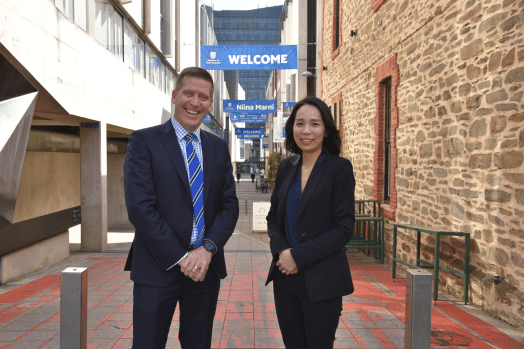
The university of South Australia has developed a place making guide for local government.
It’s the result of a quality public spaces project supported by South Australia’s local government association and funded via a $38,000 Local Government Research & Development grant.
The project used input from 19 South Australian councils collected during 2023 to develop what are intended as practical resources to help local governments achieve optimum place management.
They include a practical Placemaking guide and placemaking indicators and benchmarks with eight indicators and 42 associated metrics that are important to placemaking and place management by local government.

LGASA says the resources are designed to support local governments at any stage of placemaking, whether it’s getting an effective place making system in place, or implementing improvements.
They also provide councils with data to assess how their public spaces perform compared to similar councils, to help make sure placemaking projects meet sector standards, community expectations and justify investment, LGASA says.
Responding to conflicting needs
LGA Chief Executive Officer Clinton Jury says the biggest placemaking difficulties for councils identified through the project are how to balance the conflicting needs of communities, manage expectations, and make do with limited spaces and resources.
“This type of research helps councils deliver best outcomes that connect diverse communities, increase economic development, and enhance health and wellbeing in local areas,” Mr Jury said.
The report’s author, UniSA’s Program Director for Tourism & Event Management Dr Sunny Son, says proper placemaking is critical for councils to create well-connected, welcoming and socially engaging spaces.
“Well-managed public spaces can achieve positive economic and environmental outcomes such as increased retail sales, job opportunities, expansion of the night economy, reduction in commercial vacancies and improved visual attractiveness,’’ Dr Son said.
“When public spaces are managed thoughtfully, both local and non-local users’ experience, behaviour and perception towards the area can be changed positively, making it a more attractive destination where people want to visit and spend more time.
“These changes foster a deeper connection and affinity towards the place which, in turn, empowers local communities to feel a sense of responsibility for the area, its environment and its development.’’
She says the guide recognises that individual councils approach placemaking and allocate resources differently, and are at different stages of their placemaking journey.
“This enables local governments to identify operational areas that could benefit from improvement and make evidence-based decisions for planning,” Dr Son said.
Public spaces have become essential hubs post-COVID, with more people working remotely from home and engaging more frequently in activities like shopping, dining and exercising closer to where they live, she added.
Comment below to have your say on this story.
If you have a news story or tip-off, get in touch at editorial@governmentnews.com.au.
Sign up to the Government News newsletter